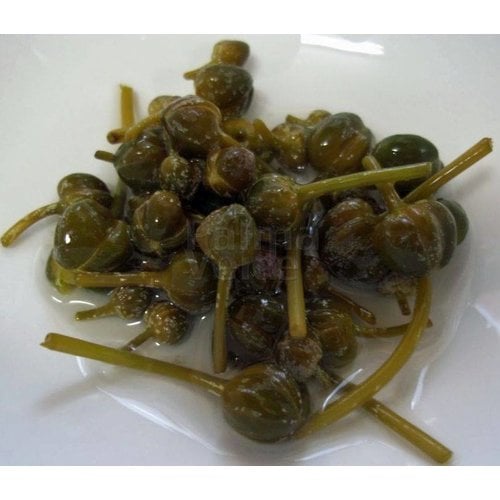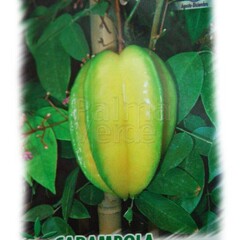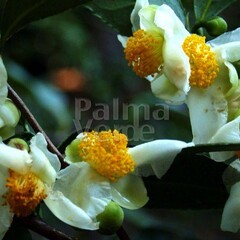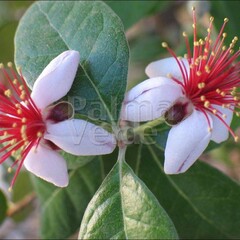Capparis spinosa also known as the caper plant. Capers are native to the Mediterranean and can grow in the driest and hottest places.
Capparis spinosa even prefers well-drained soil and even grows in rocky areas on the most poor soils.
The caper plant therefore likes to have well-drained poor sandy soil in the pot and does not require a lot of water and very little manure.
In short, in terms of care a very easy container plant.
In the Mediterranean, the low shrubs become up to 150/200 cm wide and can become high. However, by slightly pruning the plant, she can be kept in the desired size as a tub plant.
The bloom is amazingly beautiful and strong with white sepals with pale pink stamens.
The flowers smell slightly aromatic and the flowering period runs from spring to late summer in phases. It flowers on first-year wood, so pruning does not affect flowering.
The plant then branches off and the flower buds appear at the ends of the new branches.
The plant is also fairly evergreen if it overwinters above + 12ºC. If cooler overwintering then the leaf becomes ugly and the plants lose their leaves. We overwinter the plants at + 8 / + 10ºC and thus lose leaf (are bald) if you order from October to April.
New fresh leaves appear from April to September. This leaf gets brown dots after about 8-10 weeks and falls off the plant, after which the Capparis immediately makes new leaves.
You can halve the long shoots in the summer after flowering, they branch off again with fresh shoots and the plant becomes nicely full.
You can also harvest your own capers.
For this the unopened flower buds are used (actually sin, because they bloom so beautifully ...). Capers are often inlaid in vinegar or salt. The taste is fresh, typically aromatic and is widely used on pizza, fish dishes and sauces.
The winter hardiness of the caper plant is moderate (prefer to keep the tub plant) in areas where olive trees generally grow.
Winter hardiness zone 9b (-4ºC).






















